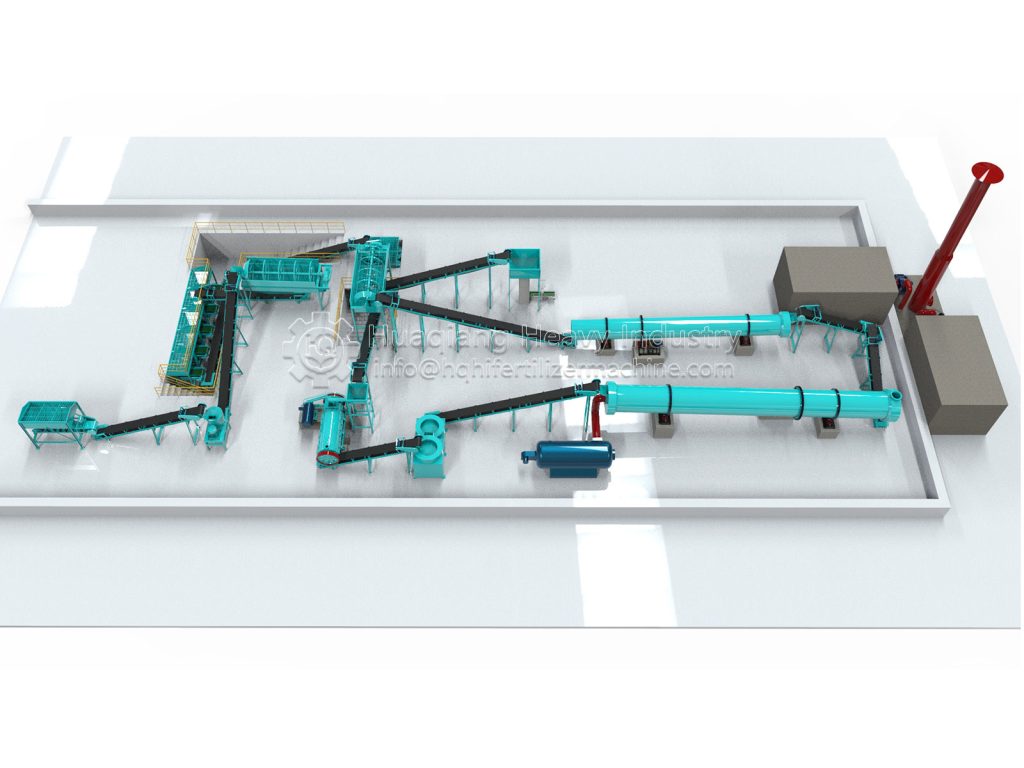In organic fertilizer production lines, the granulation stage is the core link between raw material processing and finished product packaging, directly determining the physical properties, ease of application, and market competitiveness of organic fertilizers.

The core task of the granulation stage is to transform crushed organic fertilizer raw materials (such as composted livestock and poultry manure and straw powder) into granules of uniform particle size and moderate hardness through physical or chemical reactions. This process requires addressing two key issues: first, preventing loose raw materials from flying and agglomerating, which can lead to transportation and storage losses; second, controlling the nutrient release rate through granule morphology to improve fertilizer utilization in the soil. Currently, mainstream granulation equipment includes disc granulators, rotary drum granulators, and double roller press granulators. Disc granulators are the preferred choice for small and medium-sized production lines due to their high granulation rate (over 90%) and excellent granule roundness. Rotary drum granulators are suitable for large-scale continuous production, with a single unit capable of producing over 50 tons per day.
Three key factors influence granulation performance: First, the moisture content of the raw materials, which must be controlled between 25% and 35%. A moisture content too high can easily cause pellets to stick together, while a moisture content too low can make them difficult to form. Second, the raw material ratio. By adding small amounts of auxiliary materials such as bentonite and straw powder, the cohesiveness and porosity of the raw materials can be adjusted. Third, equipment parameters, such as the disc pelletizer’s inclination angle (typically 45°-55°) and rotation speed (15-20 rpm), must be dynamically adjusted based on the raw material’s characteristics. For example, in the production of organic fertilizer from chicken manure, if the crude fiber content of the raw material is too high, the disc speed must be increased appropriately, and 1%-2% bentonite must be added to ensure that the pellet hardness meets the industry standard of a compressive strength of ≥2N.
With the increasing demand for green agriculture, the granulation process is also evolving towards intelligent and low-carbon processes. Some advanced production lines have implemented online moisture monitoring systems, allowing real-time adjustment of spray volume to control raw material moisture. Furthermore, by optimizing the granulator’s heating method, replacing traditional electric heating with waste heat recovery, energy consumption per ton of product has been reduced by over 15%. Technological innovation in the granulation process is driving the transformation of organic fertilizer from a “heavy-duty” product to a “refined agricultural input,” injecting critical momentum into the green development of agriculture.